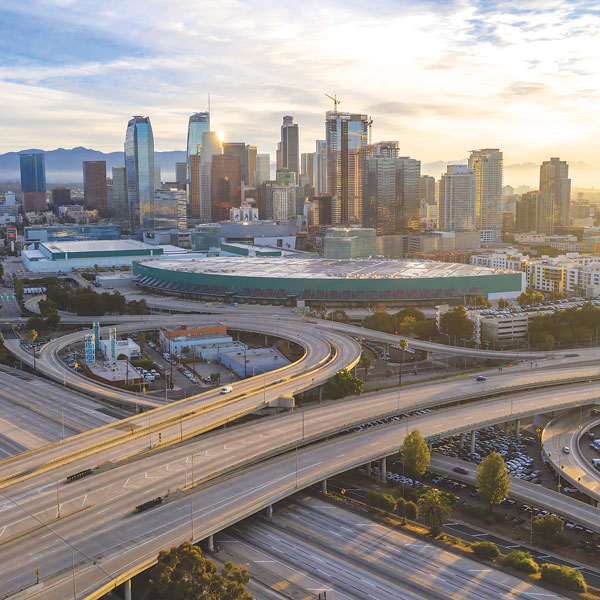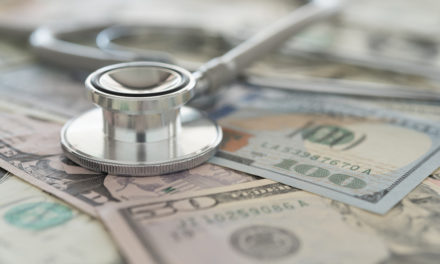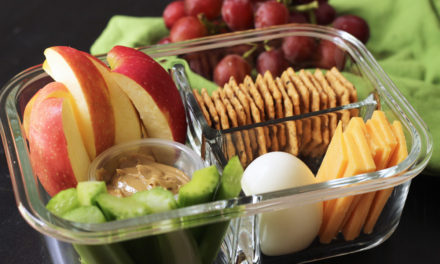The coronavirus pandemic’s impact on transportation has been so profound and pervasive that simply listing the changes is overwhelming. Overnight, we adjusted how far we travel and how we get around.
Air travel and public transit have been decimated. Cruise ships are anchored in port. Congestion on the roads has disappeared as vehicle trips evaporate or shrink. Emptier streets have increased driving speeds. Social distancing makes shared trips via ride-hailing services like Uber and Lyft suspect.

Shared bikes and scooters have shared surfaces that make them less appealing and many sharing programs have closed. Gas prices have plummeted for multiple reasons, including decreased demand. Finding storage for the over-abundance of crude oil has become a problem.
In Sacramento, many more people are out walking and bicycling. The same is true on multiuse trails across the country, where usage has tripled according to the Rails-to-Trails Conservancy.
Writing this in early April, it’s impossible to know how the pandemic will end and what the long-term effects on transportation will be. Changes have been monumental.
For the moment, walking and biking are much more pleasant. There’s less automobile traffic to contend with. Our neighborhoods are delightfully quiet and the air cleaner. Though the virus makes us keep a physical distance, it’s also brought neighbors together as they seek cabin-fever relief through exercise and enjoyment outdoors.
Some changes are likely to have long-lasting effects on transportation. Many more people are working from home. Businesses and employees might find this to be a positive development. If working from home becomes a long-term practice, it means fewer commutes and less traffic congestion.
Video conferencing might replace many business trips and even local meetings as people discover that being there in person, while desirable, is not essential. They can avoid travel costs, time and stress by working from a distance.
While e-commerce and home delivery aren’t new, more people are using them to avoid face-to-face, close contact. They could find the convenience something they want to continue after the crisis ends.
Recreational long-distance travel could be negatively affected. Being crowded on an airliner or cruise ship might never feel the same. Who wants to bring home the next virus?
The pandemic has made us hit the pause button on transportation. It’s given us an opportunity to rethink how we get there. It’s a chance to plan for a different future, one made more sustainable by reducing dependence on oil and cutting air pollution and greenhouse gases.
We can focus on what’s good and works for everyone. We can limit what’s bad and hurts everyone. In a way, we’re living in a transportation experiment and seeing a potential future today.
Humans are social beings. We’ll always want to get together to work, to be entertained, to explore new places and enjoy fellowship. How we do that safely and efficiently has always been a big question.
The COVID-19 pandemic, the cause of so much death, sickness, economic ruination and fear, may ultimately give us impetus to consider whether there are better ways to answer vital transportation questions.
Walt Seifert is executive director of Sacramento Trailnet, an organization devoted to promoting greenways with paved trails. He can be reached at bikeguy@surewest.net. Follow us on Facebook, Twitter and Instagram: @insidesacramento.











